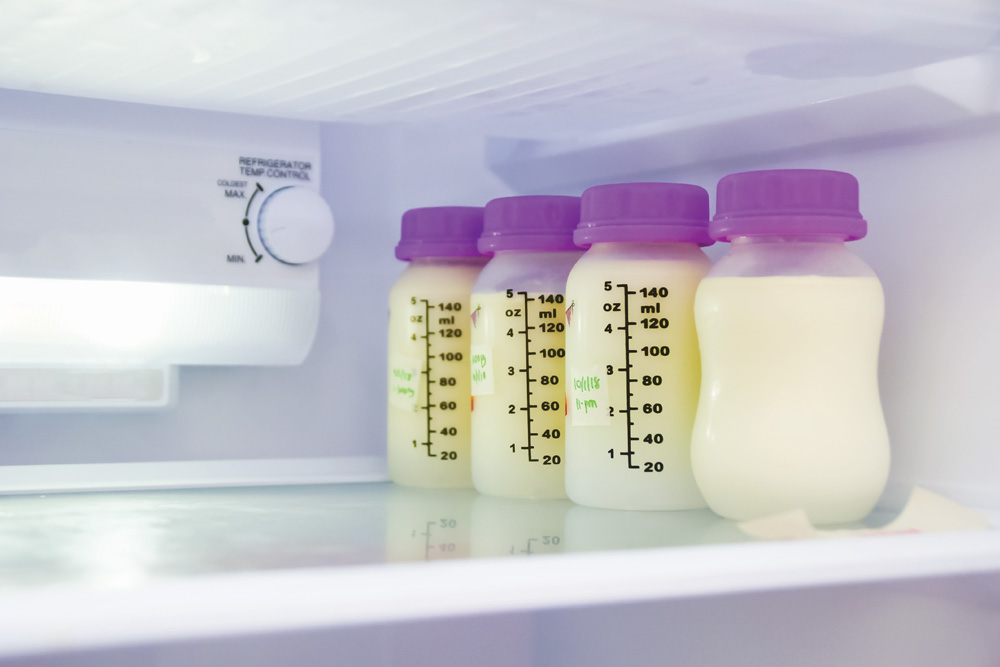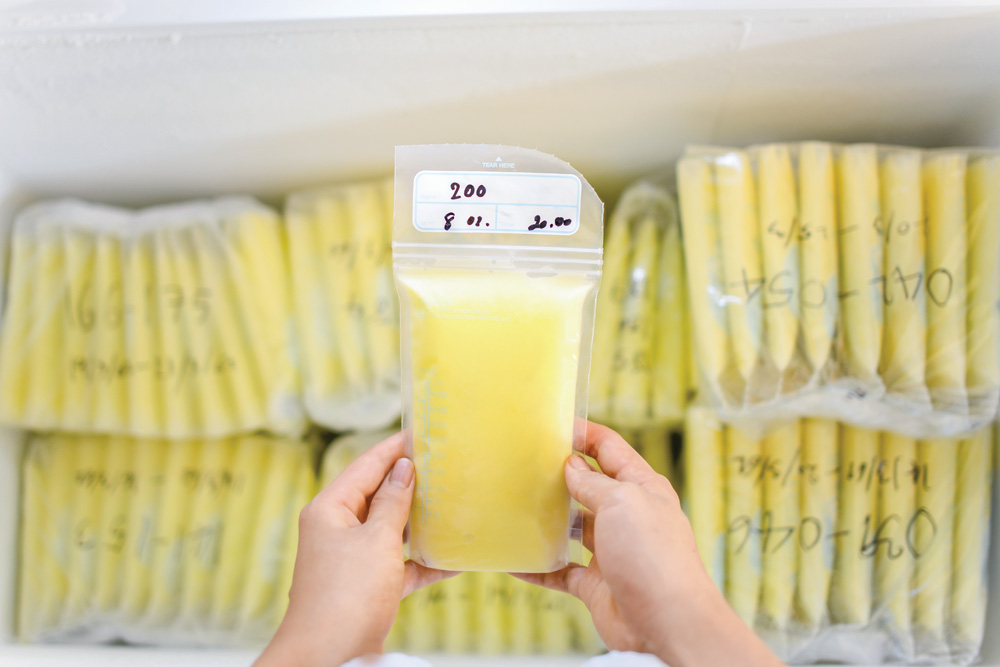Pumping and Storing Your Milk
- Home
- Women
- Breastfeeding
- Pumping and Storing Your Milk

It can be helpful to know how to pump and store your milk. If you are unable to feed your baby at the breast, it is important to remove milk to tell your body to make milk.

Click below to learn more about the different ways to express milk.

Up to 4 Hours
1-2 Hours
Use within 2 hours after baby starts feeding. After 2 hours, leftover human milk should be discarded.
Up to 4 Days
Up to 24 hours
Use within 2 hours after baby starts feeding. After 2 hours, leftover human milk should be discarded.
Within 6 months is best.
Up to 12 months is acceptable.
NEVER refreeze human milk after it has been thawed.
Use within 2 hours after baby starts feeding. After 2 hours, leftover human milk should be discarded.



Sanitize for added safety:
Sanitize pump parts, wash basin, and bottle brush at least once daily after they have been cleaned. Items can be sanitized using steam, boiling water, or a dishwasher with a sanitize setting.
Sanitizing is very important if your baby is less than 3 months old, was born prematurely, or has a weakened immune system due to illness or medical treatment.
Install this web app on your iPhone: tap ![]() and then Add to Home Screen.
and then Add to Home Screen.
Cómo funciona
Con las manos limpias, ahueque su seno en forma de C (como se muestra en la imagen), pero sin tocar la areola. Presione sus dedos firmemente hacia su pecho. Luego, comprime tu mano mientras la mueves hacia el pezón sin levantar la mano del seno. Repita y pruebe diferentes posiciones en sus senos para que pueda sacar leche de diferentes conductos galactóforos.
¿Qué está involucrado?
Costo promedio
Gratis
Cómo funciona
Use su mano y muñeca para operar un dispositivo portátil para extraer la leche.
¿Qué está involucrado?
Costo promedio
$30 a $50 (a veces, lo cubre el seguro)
ELECTRIC BREAST PUMP
How it works
Runs on battery or plugs into an electrical outlet.
What’s Involved
Average Cost
$150 to more than $250 (often covered by insurance)
Cómo funciona
Funciona con batería o se conecta a una toma de corriente.
¿Qué está involucrado?
Costo promedio
$150 a más de $250 (a menudo, lo cubre el seguro)
How it works
Using clean hands, cup your breast using a c-hold (as pictured) but not touching your areola. Press your fingers firmly back towards your chest. Next, compress your hand while moving it back towards your nipple without lifting your hand from your breast. Repeat and try different positions on your breasts so you can get milk out of different milk ducts.
What’s Involved
Average Cost
Free
How it works
Use your hand and wrist to operate a hand-held device to pump the milk.
What’s Involved
Average Cost
$30 to $50 (may be covered by insurance)
Side-Lying Hold
This hold is useful when:
Cross-Cradle Hold
This hold is useful when:
Clutch or “Football” Hold
This hold is useful when:
Cradle Hold
This hold is useful when:
Laid-Back Hold
This hold is useful when: